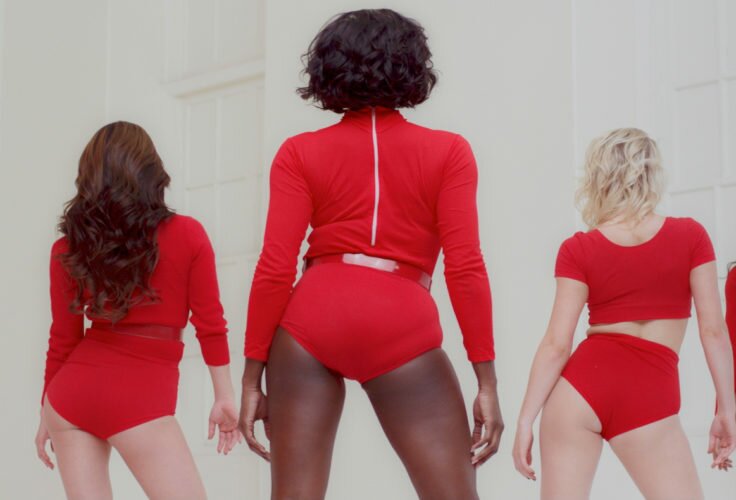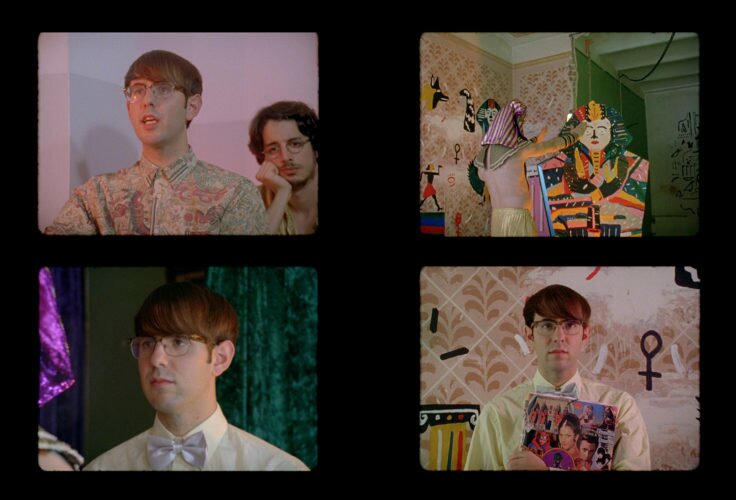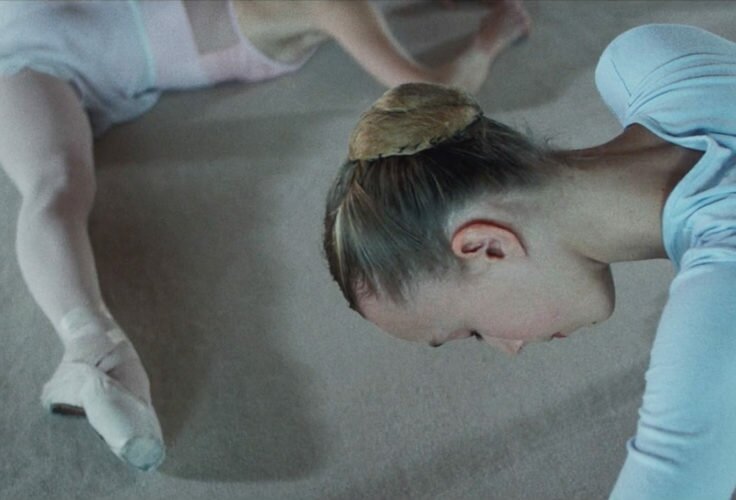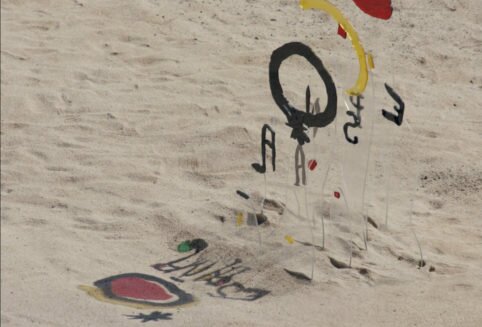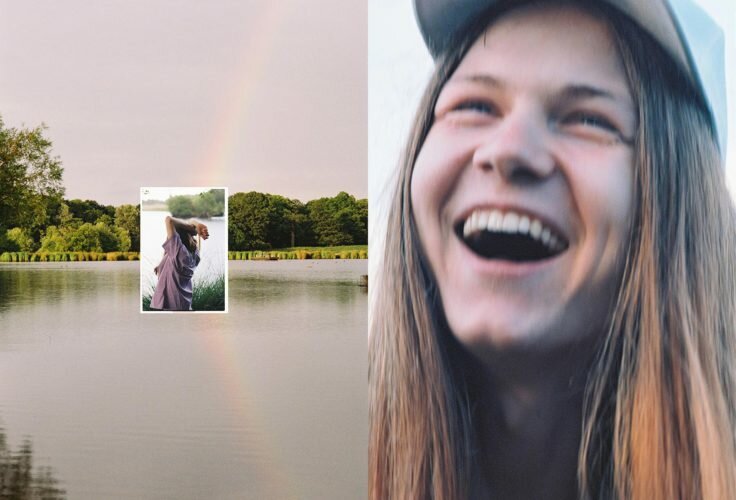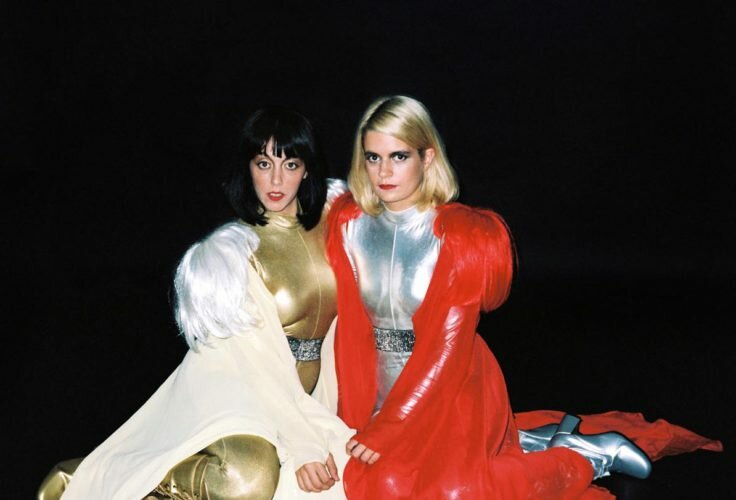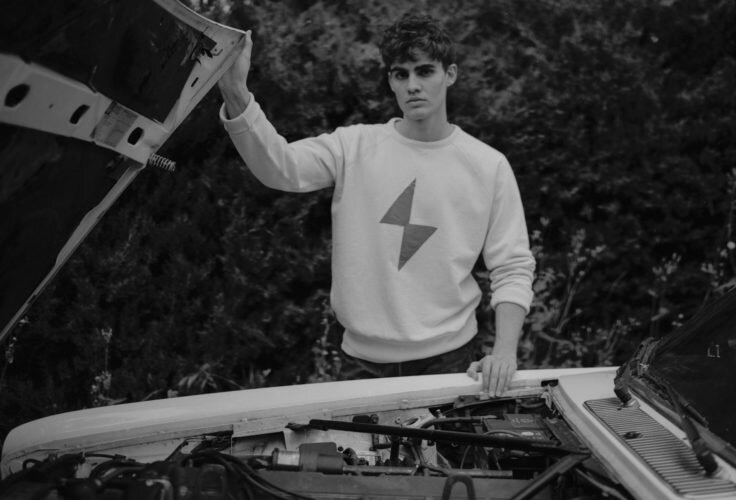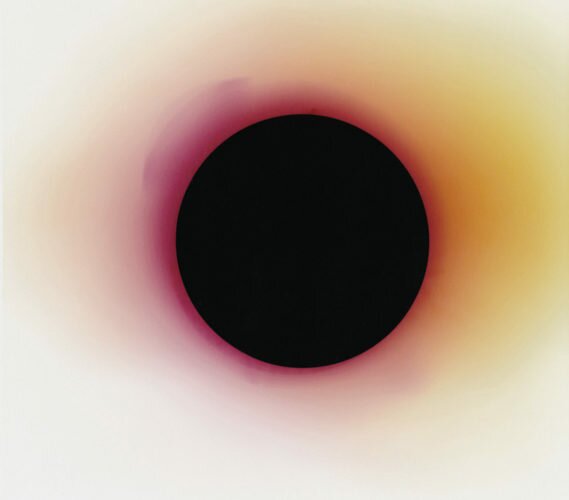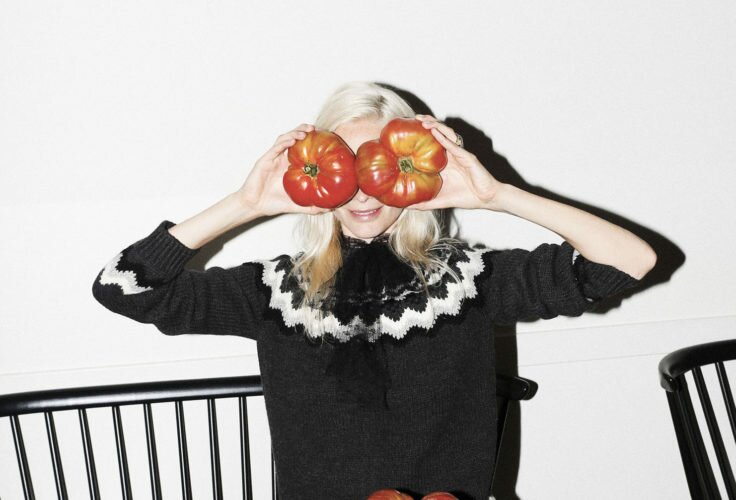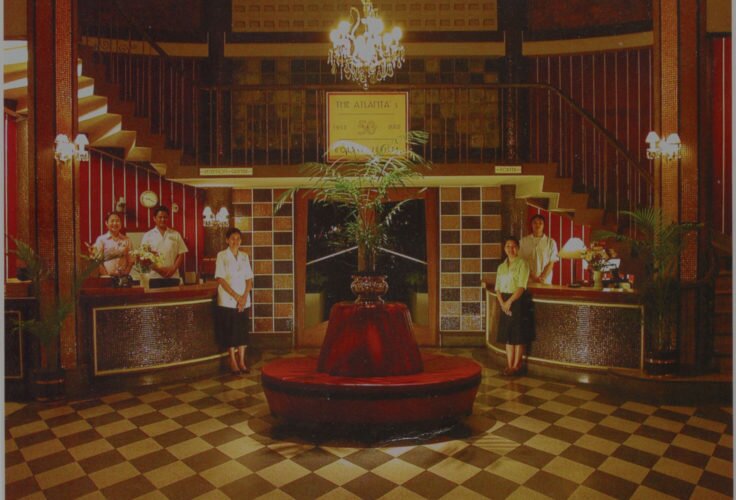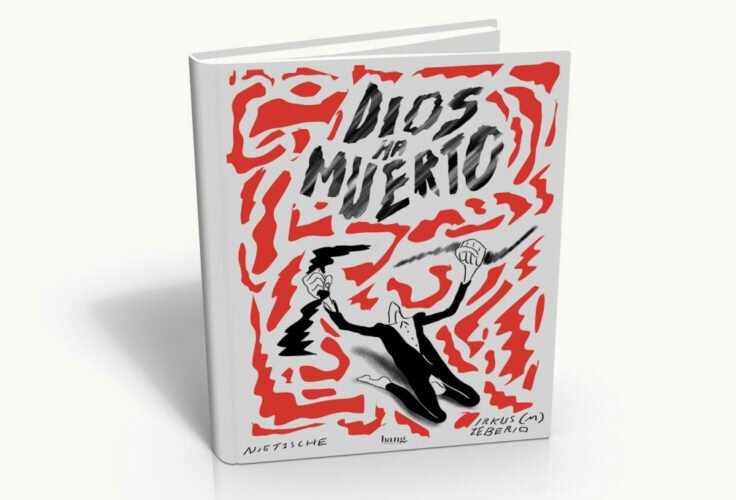Some DJs can be pretty obvious. And it’s OK. Unveiling their tricks is a bit nasty. Or at least that’s what Joan Pons thinks after looking at this GIF.
Ali
Mitgutsch/
Imitation
of life.
Everything happens at the same time

by Joan Pons


Be it for my many dioptres or my little understanding (or by the slow connection between both), it has taken me quite a while to discover what I find so fascinating about the children’s books illustrated by German hippie Ali Mitgutsch dating from the end of the sixties-beginning of the seventies (a guy whom, in his natural area of influence or outside of it, I admire and love so much as I do Maurice Sendak, Oski, Edward Gorey and Quentin Blake)
At the beginning, I attributed his attractive to his great, in all senses of the word, format: 61 x 41 cm hardcover, one illustration per double-page (all of them made of cardboard) and not a single word written on the whole book apart from the title in most of his works. Yes, these books look beautiful just when you hold them in your hands.
Then I thought that the secret of these daily life scenes (although he also draw books on, for example, pirates, his slice of life scenes in great long shots are amazing) was to be found on his peculiar sense of perspective in each illustration: it’s a fake overhead angle which destroys proportions and vanishing point making both the landscape and the many figures on it completely flat. This impossible scale radiates nevertheless a harmonious order.
In the end, however, I’ve reached the conclusion that the je ne sais quoi of these picture books has to do with my curious interaction with them. It’s impossible to trace the track of time or sketching a narration following cause-effect logic between all the scenes that take place in the sequence of each double page because… all the actions happen at the same time!



Mitgutsch’s books both are and are not forerunners of Where’s Wally? (In fact, his illustration style and publishing concept has been copied millions of times). Here, there isn’t only an agglomeration of figures that invite you to look through the crowd, although some editions incorporated later on this children’s activity. What we find here is a sense of simultaneousness in which each drawn micro-action tends towards auto-closure (or invites us to think of their before and after in an isolated way). A thing that almost relates these seemingly innocent illustrations to the ones in Georges Perec’s Species of spaces and, in particular, to The street, his attempt to meticulously and fragmentarily describe a daily scene knowing that trying to seize the present will always be an inexact and slippery affair. Revealing this impossibility is, in itself, a beautiful gesture.



I’m not trying to establish a prestige Ping-Pong between Ali Mitgutsch and the OuLiPo. For that, I would have gone back to Hieronymus Bosch or Pieter Brueghel the Elder and that would have been it. Or, in fact, I would have used several lines already to talk about the way in which the Sun’s rays fall on a quince. But Mitgutsch’s work had a playful and popular purpose that doesn’t agree too well with intellectual arguments or arty revisions. His captivating power was experienced by all sorts of pupils that, be it in a more superficial or in a deeper way, appreciated the spell of synchronicity between a group of minimal scenes.


For that reason, the most appropriate one-to-one comparison mirroring his illustrations is the music video for Imitation of Life that Garth Jennings made for R.E.M., another great example of pop reality fragments happening at the same time. We could even say that the grainy zooms of this anatomy of an instant are the exact replica of our eyes’ behaviour when we open one of those double-pages in which Ali Mitgutsch imitated life.
